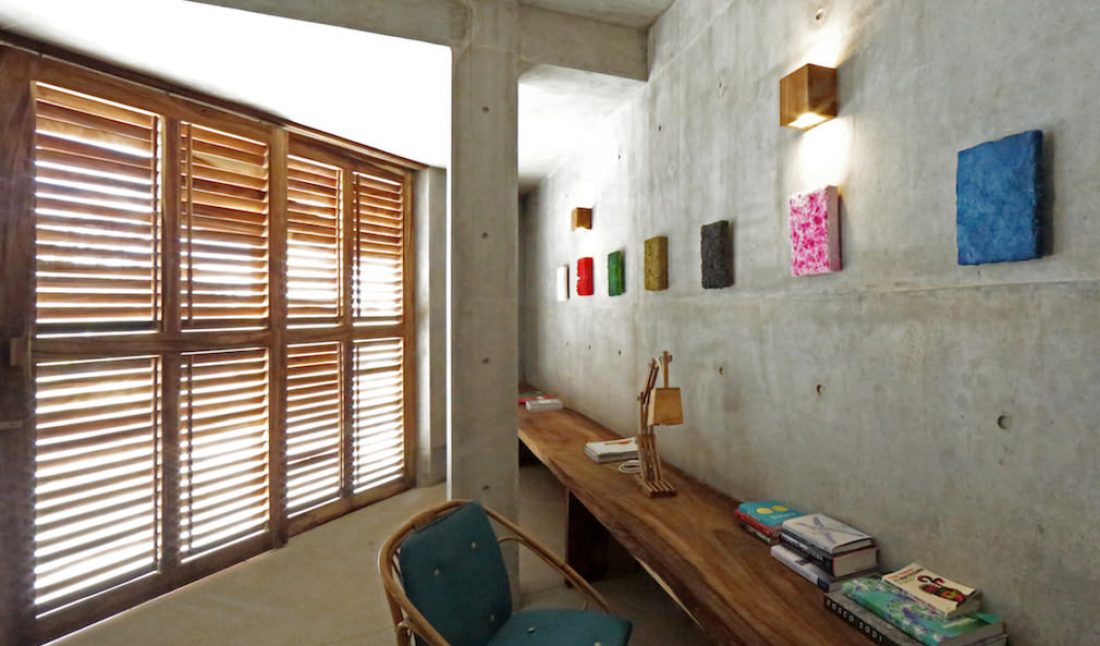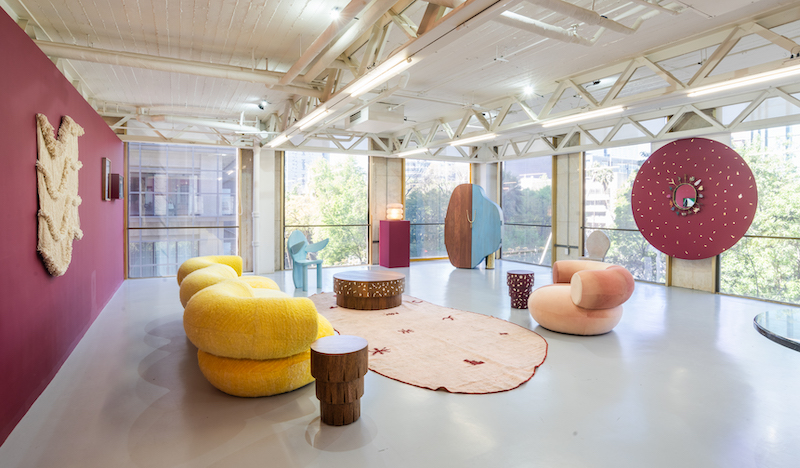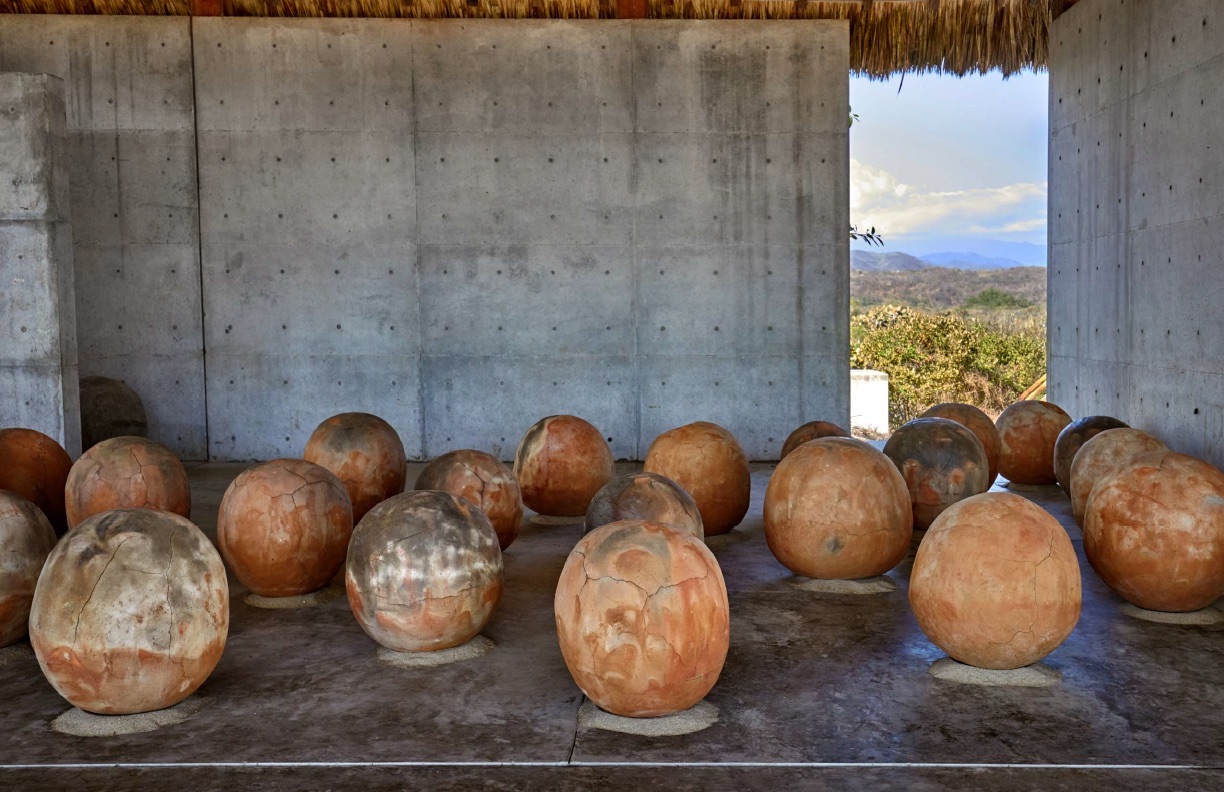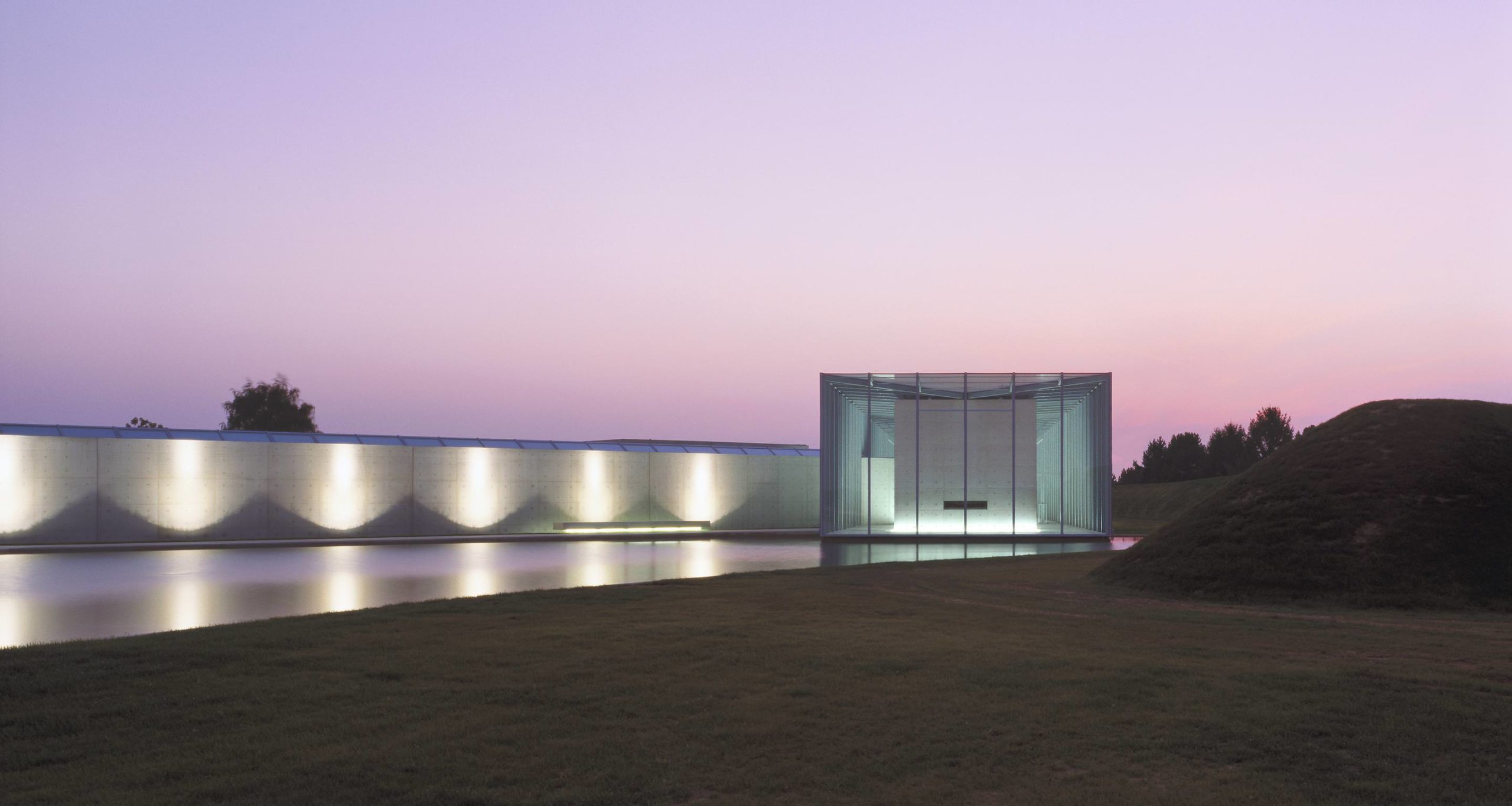Bosco Sodi’s new art foundation Casa Wabi seeks to promote the exchange of ideas through an open dialogue between international artists practicing across a range of disciplines. Designed by Pritzker Prize-winning architect Tadao Ando and named after the Japanese ideal of wabi-sabi, Casa Wabi is an artist residence and exhibition space located in the serene landscape of Oaxaca, Mexico. The foundation officially opened on October 25 and features a site-specific work by French conceptualist artist Daniel Buren for the inaugural exhibition. Whitewall caught up with Sodi to learn more about his project.
WHITEWALL: What first inspired you to create Casa Wabi? Could you explain the main intentions behind this art foundation?
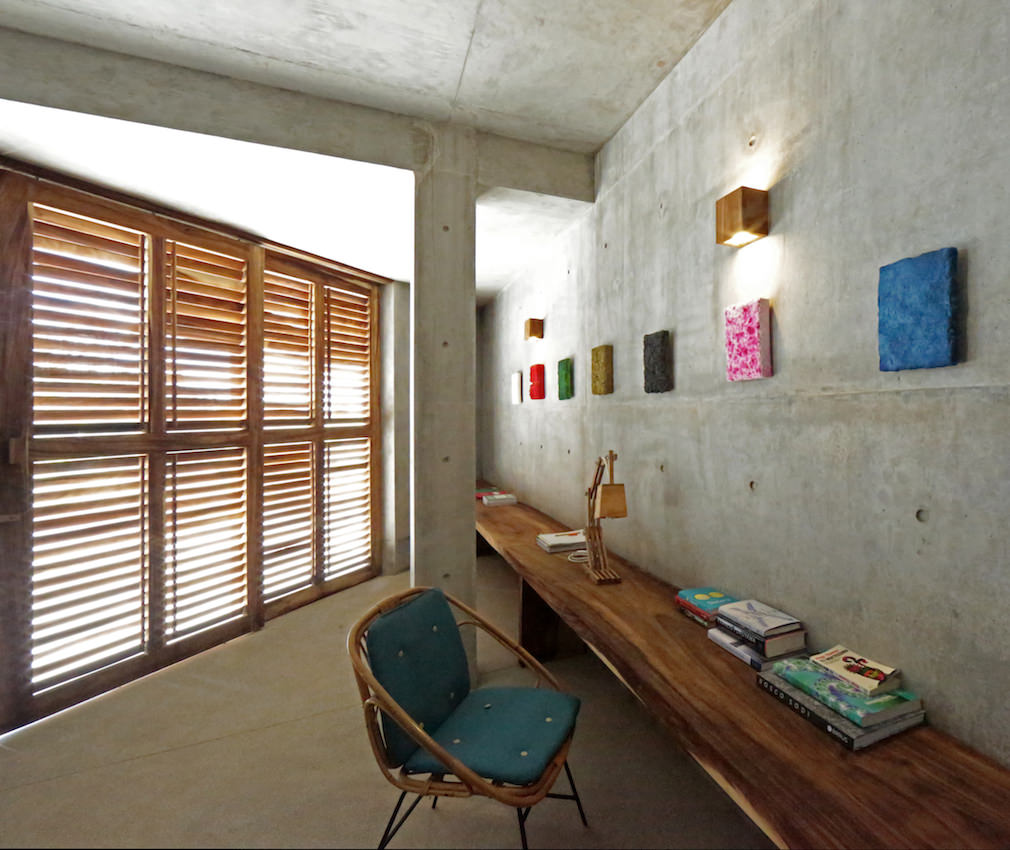 © Foto Estudio Zabé
© Foto Estudio Zabé
BOSCO SODI: I think that as an artist I had to give something back. These days the main problem is that there is a lack of social compromise in the art world. So the main intention of the art foundation is to contribute to the local communities. The residency is for artists to do something with the community: a lecture or a workshop or a big project etc. I think it will be very interesting to see the interaction between the people and these international artists. As you might know, the state of Oaxaca is the poorest in Mexico.
WW: How did you choose that location?
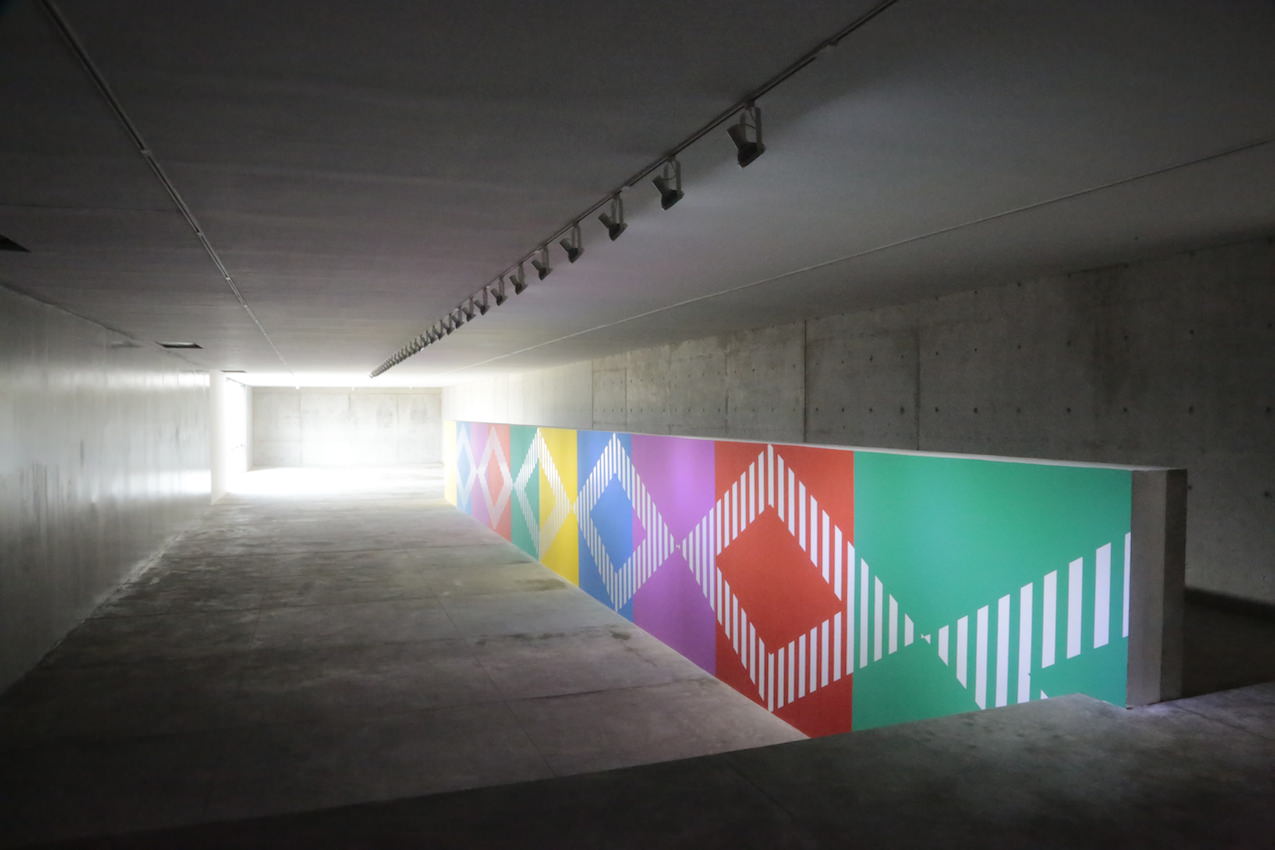 © Foto Estudio Zabé
© Foto Estudio Zabé
BS: I chose this location because I have been camping there since I was very young. Over time I fell in love with the energy of the place; it is really magical.
WW: Could you explain how the multiple structures that makes up Casa Wabi function? Each building seems to have a particular purpose.
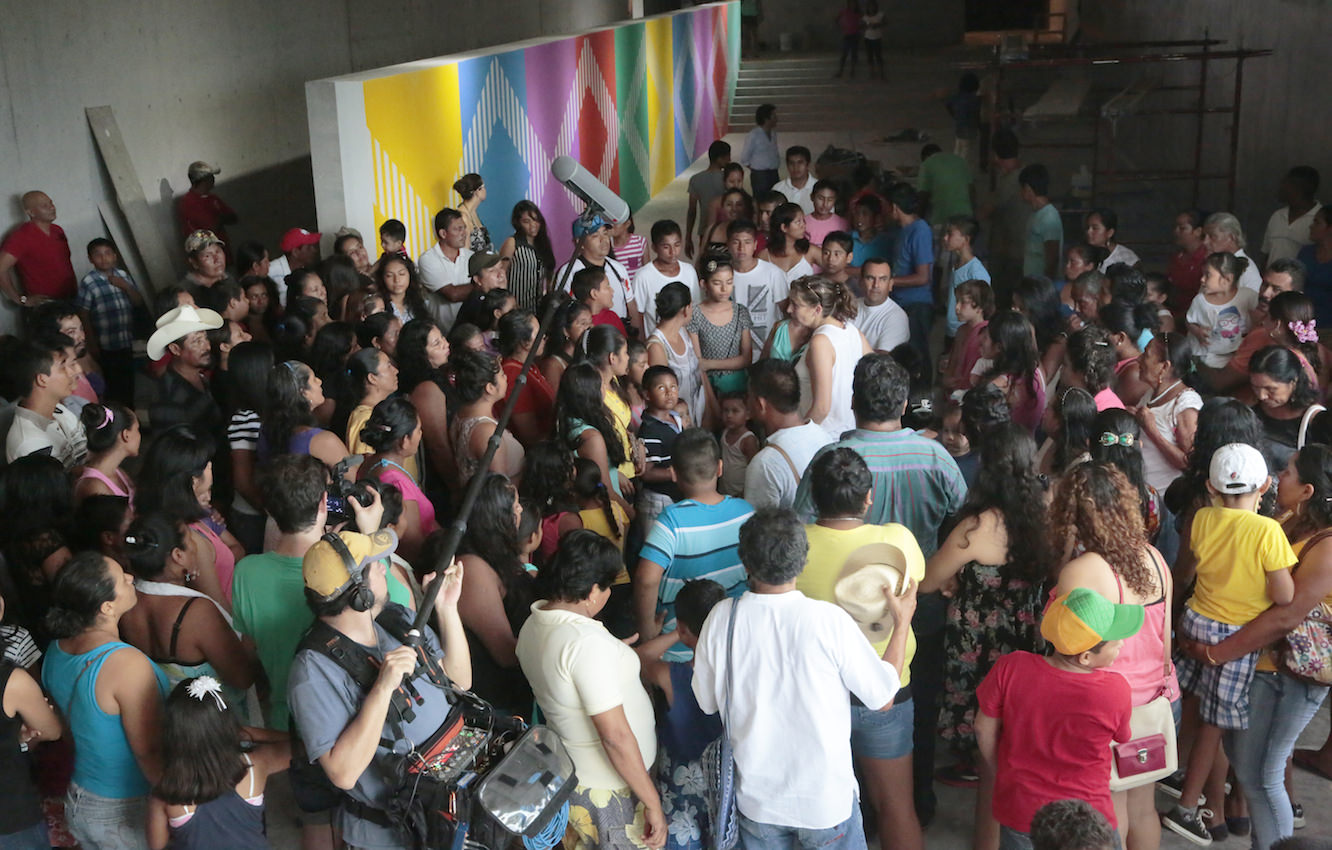 © Foto Estudio Zabé
© Foto Estudio Zabé
BS: First of all we have the artist residencies, the two studios for residents, and a main living room with a kitchen, where all the artists can get together. On the other side we have the exhibition space, another multi-purpose room (this one more public), a botanical garden (which is still in progress), and at the end is my private studio to make work when I visit.
WW: A Japanese aesthetic theme runs throughout Casa Wabi, both in the name of the foundation and the architecture. What themes or visual aspects of Japanese art and culture influenced you while executing this project?
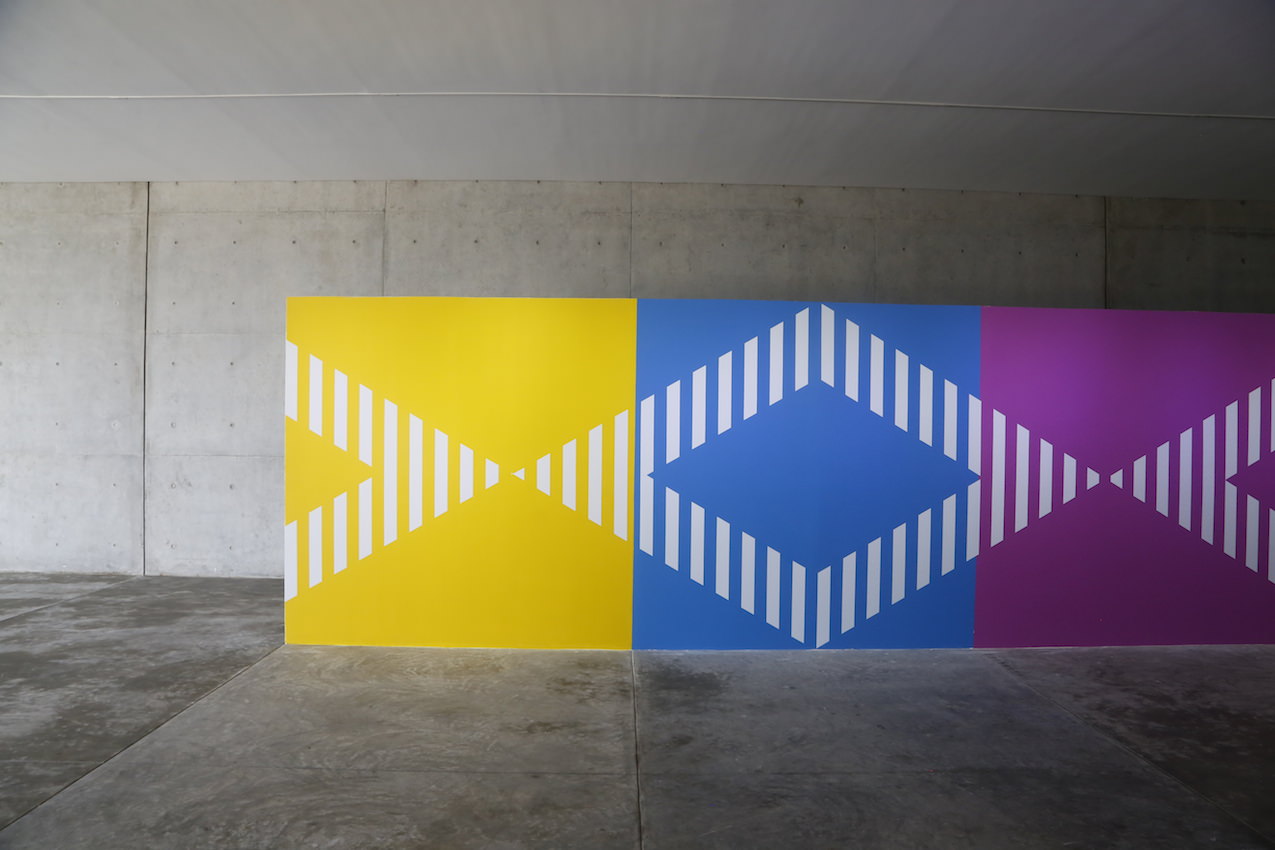 © Foto Estudio Zabé
© Foto Estudio Zabé
BS: The construction is influenced by Tadao Ando, and the name comes from the Japanese aesthetic wabi-sabi, which is an ideal that honors the beauty inherent in life’s imperfections or transience.
WW: What elements to the design of the space did you think Tadao Ando could accomplish that other architects couldn’t?
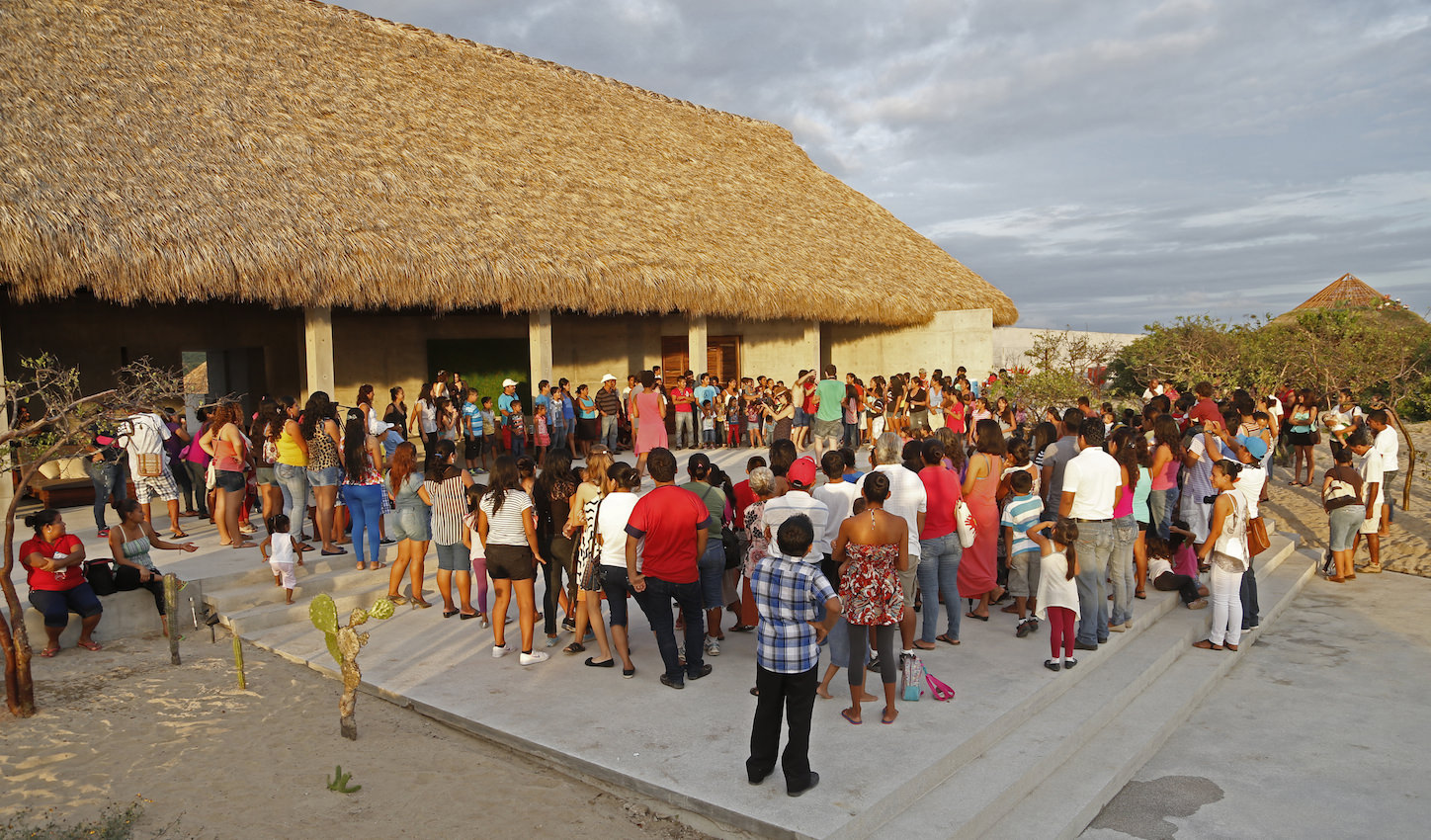 © Foto Estudio Zabé
© Foto Estudio Zabé
BS: I think that Tadao has a very special aesthetic, humble in a way, but also powerful—a great combination. I approached him with an idea of what I wanted to make and then I gave him total artistic freedom. My only request was to use the Mexican palapa (hut).
WW: How did the physical location and local culture influence the designs of Casa Wabi?
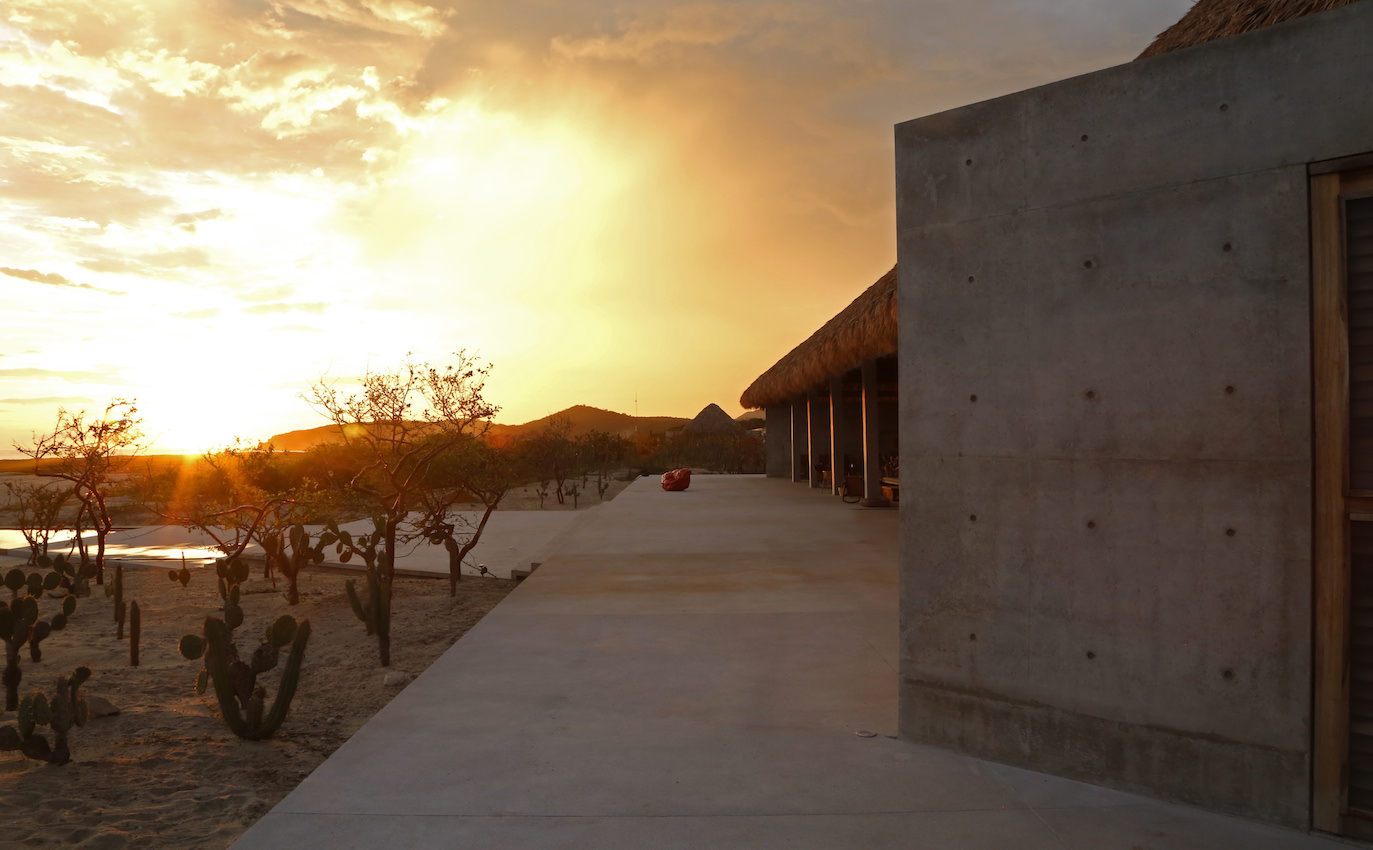 © Foto Estudio Zabé
© Foto Estudio Zabé
BS: In the use of the palapa ceiling, which something that has been in Mexico for hundreds of years, and also through pouring concrete by hand. We did almost everything there at the site.
WW: Do you feel a connection between your artwork and this architectural space?
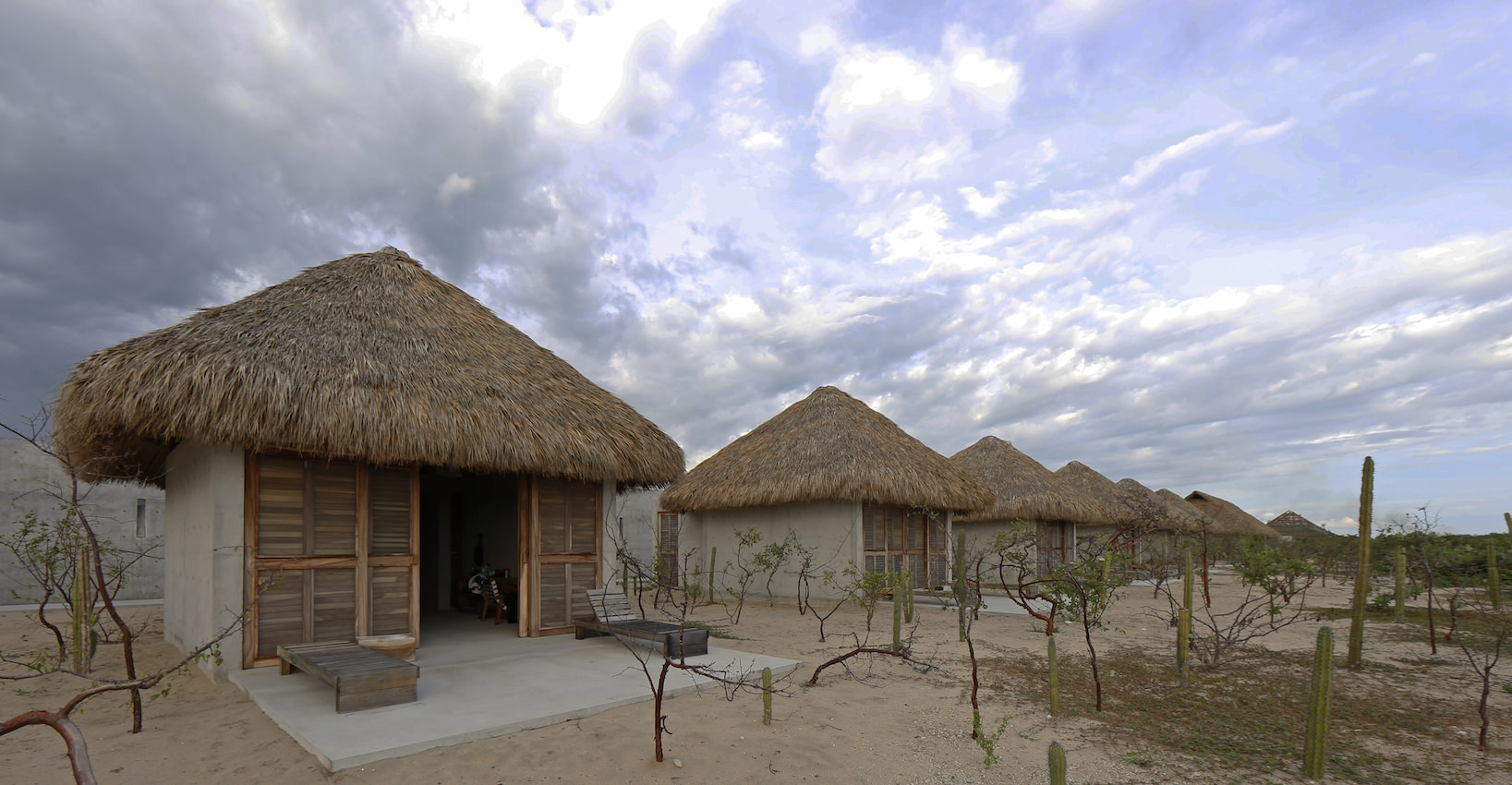 © Foto Estudio Zabé
© Foto Estudio Zabé
BS: Yes, in a way it is powerful but simple. Not pretentious.
WW: How have local residents in Puerto Escondido received Casa Wabi?
BS: At the beginning there were a lot of suspicions about the project. The people around there are very poor and there have been lots of promises made to them with no follow-through. Now they can see the reality of what we built and they are getting enthusiastic about the potential.
WW: How did you choose Daniel Buren for the inaugural exhibition at Casa Wabi?
BS: Daniel is an artist I admire. First of all, because of his work but also for his consistency throughout his career. He has never surrendered to the art market and is still independent! And I generally think his pieces look amazing—in fact, I have just glimpsed a sneak peek at the finished one here and I am further impressed.
WW: His work is very simple yet, engaging. Would you say that is an overall theme you are trying to achieve at Casa Wabi?
BS: Completely, if I can do that, that would be fantastic. That’s the whole point.
WW: Buren is known for site-specific work. What was the creative process like in coming up with the idea for this exhibition?
BS: We gave Daniel the plan and renderings of the space a few months ago (as it was still under construction) and he worked with that. He had total freedom and he came up with a wonderful idea.
WW: What do you hope to see accomplished through Casa Wabi ten years from now?
BS: If we work with and help the communities around here and engage them in the project, then I think in 20 years some really beautiful and lasting changes can occur. I’m sure that there will be some very special outcomes from the collaborations between the people and the artists. In the end if we are able to create a cultural magnet for the whole area I would be thrilled.






